Galleries are a never-say-die enterprise until they do. They’re fine even if they aren’t. What are gallerists going to say? Nobody wants what we’ve got, please be the exception? A desperate vibe deters collectors, who don’t want to be part of any gallery that is overly eager to have them.
If buying art is a habit, many have broken it. The formerly flush will have extra money again, but when will their hearts swell with acquisitive desire? The kind of collectors who are capable of turning the tide (and encouraging others to join them) are motivated not just by the pleasure of owning one more piece but by standing by the artists whose work matters most in their lives as well as stretching to interact with the new.
In hopes that their artists can provide those experiences, Seattle galleries are looking to come on strong in January.
The top of the list:
Gretchen Bennett and Yuki Nakamura at Howard House.
Bennett: The excellent text for both artists produced by the gallery.
Gretchen Bennett’s show, Community World Theater, takes its name
from an old movie theater turned punk venue in Tacoma, Washington, the
site of about three dozen shows in 1987 and 1988. Bennett’s work of the
last two years has explored Kurt Cobain as a sort of a natural event–an
eruption or a cultural moment as relevant as the first step on the
moon. In her new work, Mary Shelley’s Frankenstein and the atmospheric
paintings of JMW Turner serve as a conceptual basis for this continued
exploration, both for their subject matter and for their connection to
1816, a year of significant climatic abnormalities due in part to the
historic eruption of Mount Tambora.
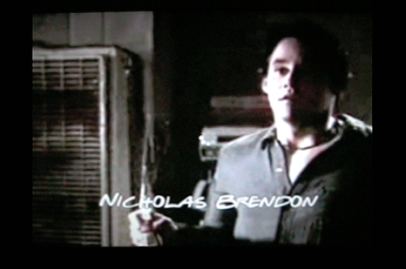 Nakamura:
Nakamura:
Yuki Nakamura’s porcelain light bulbs, cast in antique and contemporary forms, are ruminations on light, beauty, and the history of invention and obsolescence. Thomas Edison unveiled his carbon filament bulb 130 years ago, but today this classic design is quickly disappearing, replaced by more energy efficient models. Nakamura’s evocative installations create a new landscape of an electric world. Transformed into porcelain skins and animated projections of filaments, her light bulbs are a investigation of texture, shape, and volume as well as the contrast between the bulb’s surface the exterior light source.
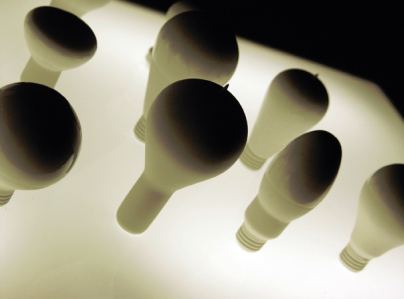 Justin Colt Beckman at Punch. Beckman blurs the distinction between cowboys, hillbillies and rednecks, all of them aspects of his rugged person. O give me a home, where he-man images roam….
Justin Colt Beckman at Punch. Beckman blurs the distinction between cowboys, hillbillies and rednecks, all of them aspects of his rugged person. O give me a home, where he-man images roam….
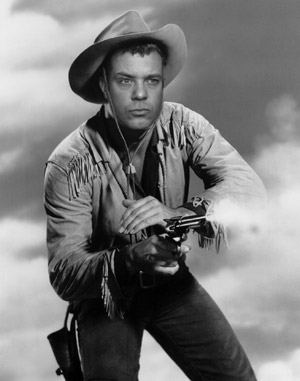 Mark Newport and John Buck at Greg Kucera.
Mark Newport and John Buck at Greg Kucera.
Newport continues to knit his way through the sagging fortunes of low-rent superheroes.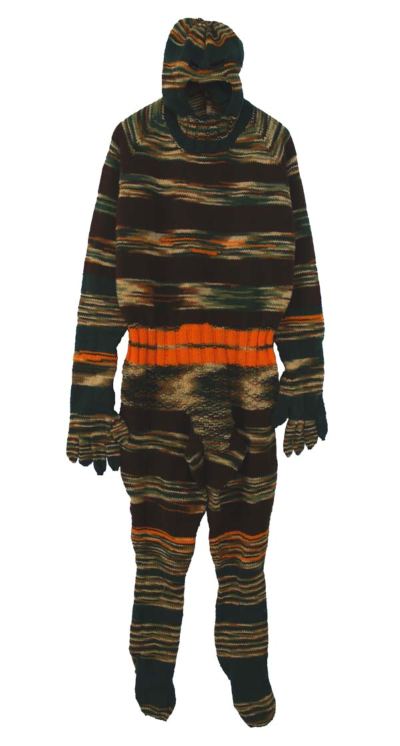 Buck continues to carve his own picture dictionary of people, places and things. (Below, detail.)
Buck continues to carve his own picture dictionary of people, places and things. (Below, detail.)
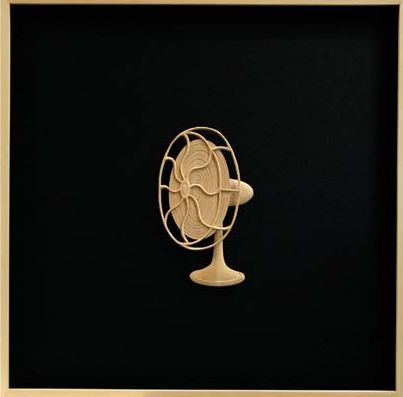 Amir Zaki and Ron Nagle at James Harris.
Amir Zaki and Ron Nagle at James Harris.
Zaki’s recent focus is the color-saturated purity of life-guard stations. They’re very L.A. and very pertinent to our present situation. Save us, we cry. Nobody’s there.
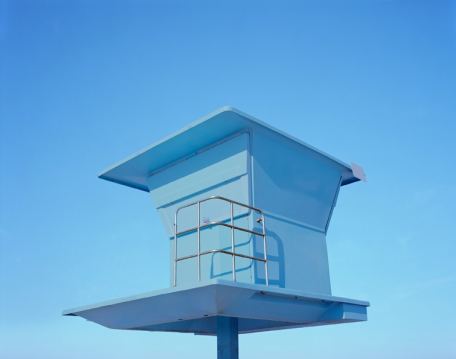 After half a century, everything Ron Nagle does is new. No false moves for this wily old clay master.
After half a century, everything Ron Nagle does is new. No false moves for this wily old clay master.
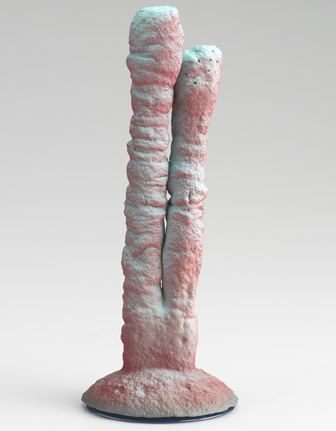 Michael Brophy at G. Gibson. The painter from Portland wants to be alone.
Michael Brophy at G. Gibson. The painter from Portland wants to be alone.
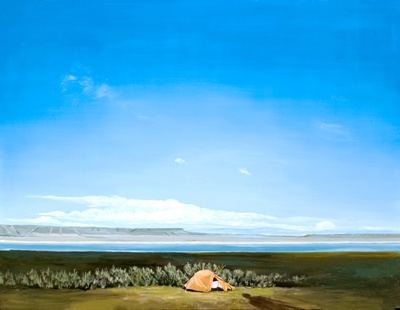 Marc Dombrosky at Platform.
Marc Dombrosky at Platform.
Michael Jackson died on the day that I both started and lost my job in Las Vegas.
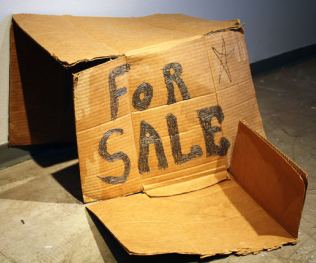
Also:
Early Work by Selma Waldman, 1960-65, Thursday, 4 p.m.-10 p.m., 619 Western Ave., 6th floor, north studios…. Juan Alonso‘s last open studio, Thursday, 6-9 p.m., Grand Central Arcade, 214 1st Ave. S. …A to Z: New Members Show (Iole Alessandrini, Julie Alpert, and Ellen Ziegler) at Soil, with Nicholas Nyland in the back space….Jessica Drenk and Patrick Kelley at Catherine Person…Four Views: Painters Margaretha Bootsma, Jack Chevalier, Gayle Bard and Brenna Helm at Linda Hodges.
Worth remembering: Everybody involved in art chose it. Nobody was forced into laboring in the art mine. While it can be heart-breaking, especially for artists, art offers the best jobs in the world. Every day there’s a chance to be alert, awake and aware; engaged, engrossed and rising to the occasion. (More in necessary optimism from Ed Winkleman.)



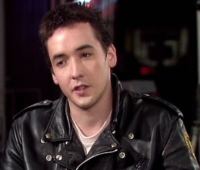
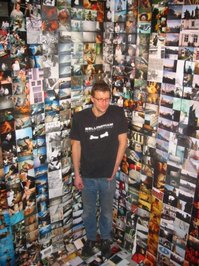
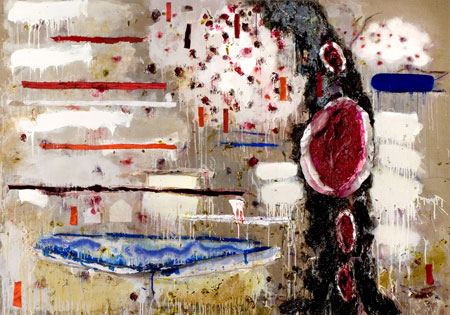
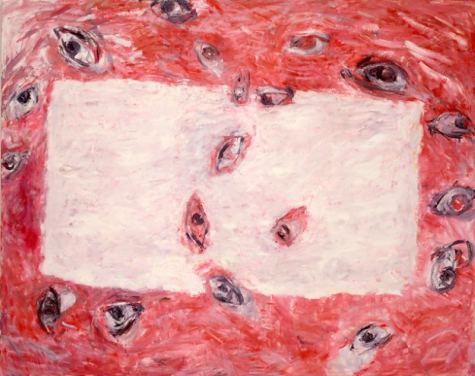
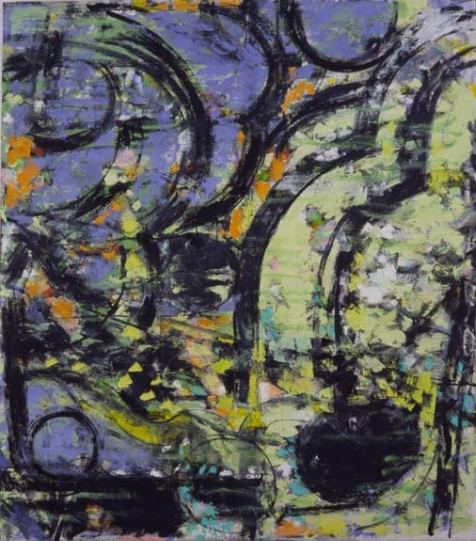
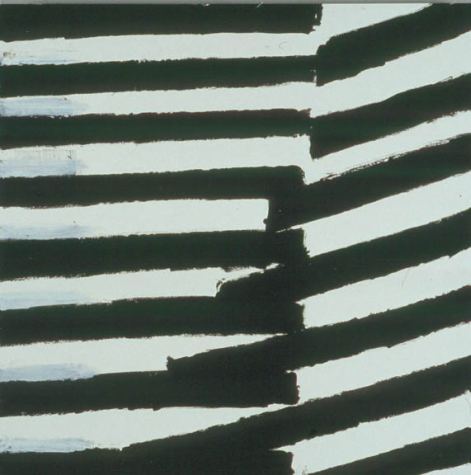

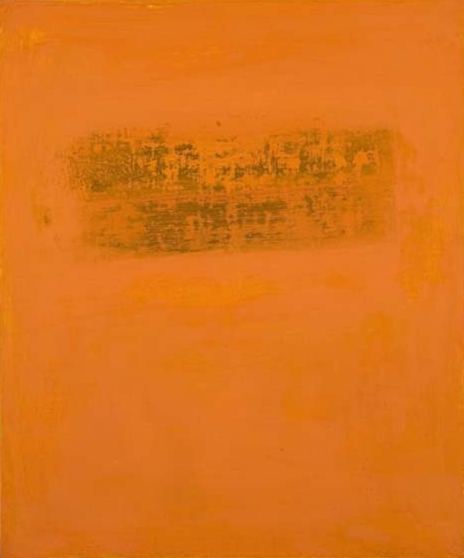
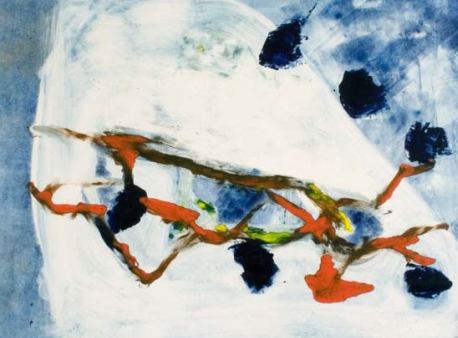
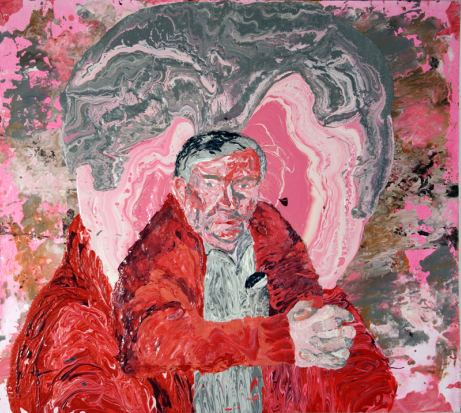
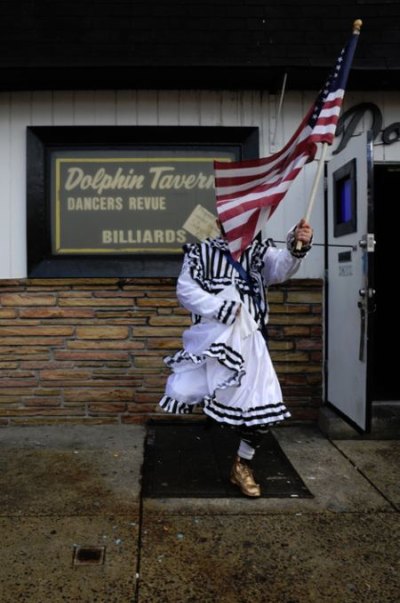
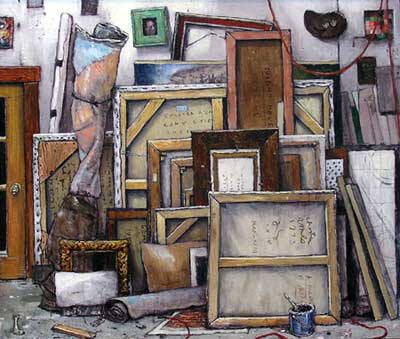
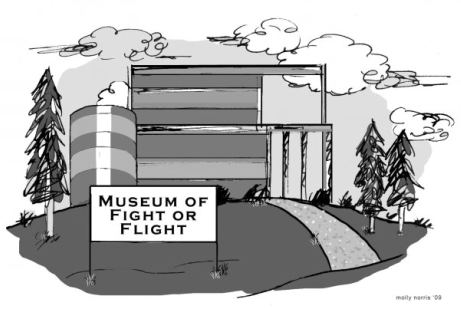
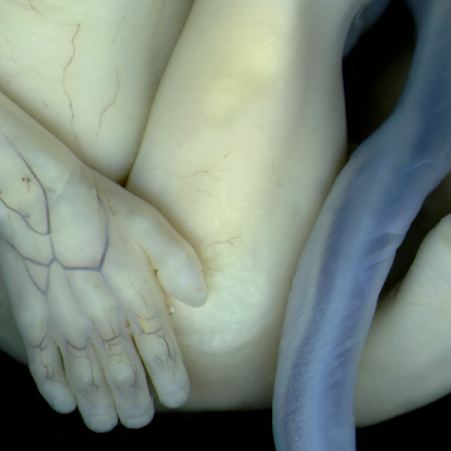
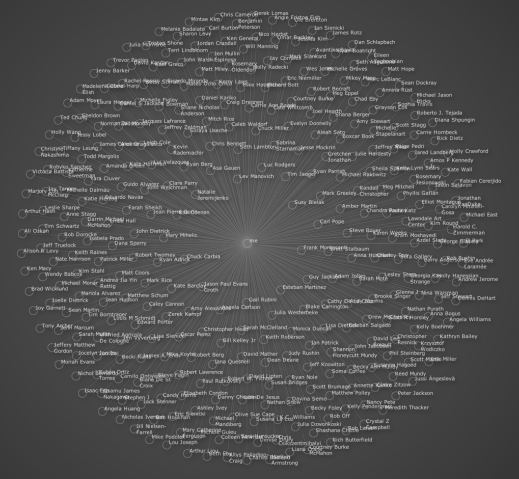
He’s replying to two items in this post: